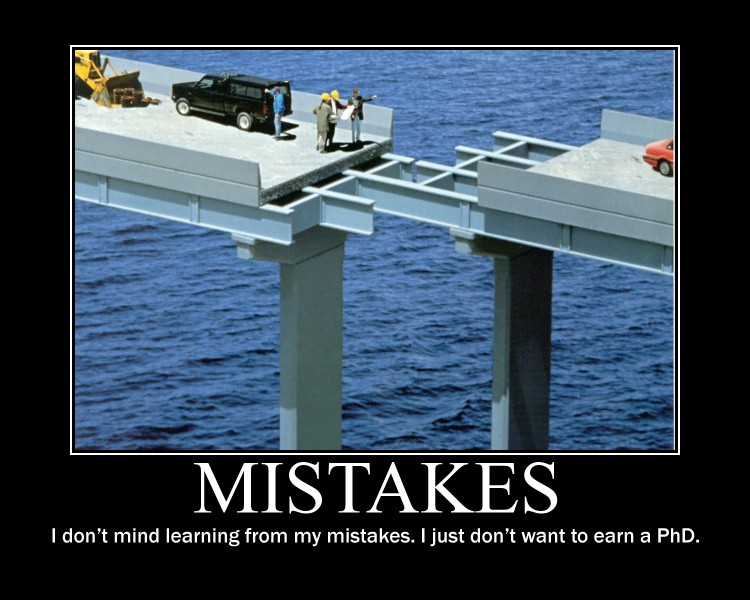
 The Buy-and-Hold Model for understanding stock investing is the dominant model of today.
The Buy-and-Hold Model for understanding stock investing is the dominant model of today.
It’s easy today to explain why Buy-and-Hold can never work. The root idea is preposterous (but not obviously so to those who have not yet seen through it — there are many smart and good people who possess a strong confidence in the concept). For Buy-and-Hold to work, valuations would have to have zero effect on long-term returns. Stocks would have to be the only asset class on the face of Planet Earth of which it could be said that the price paid for the asset has no effect on the value proposition provided. This cannot be. Price must matter. And if price matters, investors should not be going with the same stock allocation at times when valuations are insanely high as they do when stocks are fairly priced or low priced. Buy-and-Hold defies common sense.
Why, then, did so many experts come to believe?
The academics responsible for the Buy-and-Hold concept discovered something of critical importance in their studies of the historical data. They learned that short-term timing does not work. That is, those who predict where stock prices will be in a year or two are no more successful than what would be expected if their predictions were random rather than informed by intelligent study of the market. This was breakthrough stuff. This changed the history of stock investing. No longer was stock investing about bulls and bears making guesses as to when to buy or sell stocks. The science of investing showed that short-term forecasting does not work and that a long-term focus is needed. The science appeared at the time to suggest that a Buy-and-Hold strategy (sticking to the same stock allocation at all times) makes sense.
The science did not prove that Buy-and-Hold works. The Greatest Mistake in the History of Personal Finance took place when the academics jumped to the hasty conclusion that the fact that short-term timing does not work necessarily leads to a conclusion that Buy-and-Hold is the only rational strategy.
There is not one possible explanation for why short-term timing does not work. There are two. The explanation adopted by Fama and the other academics was that short-term timing does not work because the market always set prices properly and it is therefore impossible for even the smartest individual investor to do a better job than the market at determining the proper price for stocks. There is an alternate explanation that offers every bit as satisfactory an explanation. It could be that the market does such a poorjob of setting prices that there is no way for even the smartest investor to make sense of what the market is going to do. It could be that the reason why short-term timing does not work is not that the market is efficient but because it is wildly inefficient. It could be that stock prices do not reflect a rational collective assessment of the true value of stocks but an almost entirely emotional assessment that signifies just about nothing meaningful about the proper price of the stock market. Irrational markets cannot be timed because irrationality cannot be predicted.
There is a way to test which of the two explanations is the right one. If the market is efficient, the concept of overvaluation is silliness. An efficient market is a market that sets prices properly. But Shiller’s 1981 research (confirmed by a mountain of research done since then) shows that overvaluation is a meaningful concept. Shiller showed that stocks offer better long-term returns starting from times of fair or low prices than they do starting from times of insanely high prices. Even many Buy-and-Hold advocates acknowledge today that valuations matter. William Bernstein says that valuations affect long-term returns as a matter of “mathematical certitude.”
The further reality is that the market must in an ultimate sense be efficient. The purpose of a market is to set prices properly. If investor emotions were the sole influence on market prices, stock prices would go to the moon and stay there; what could ever persuade investors not to vote themselves raises by pushing stock prices higher and higher and higher yet? The market must ultimately be efficient, as the academics responsible for the Buy-and-Hold concept claimed. Yet the academic research of the past three decades shows conclusively that the market is not immediately efficient. What, then, is the full reality?
The full reality appears to be that the market is gradually efficient, not immediately efficient. It is investor emotions that determine market prices in the short term. But it is economic realities that determine stock prices in the long term (after the completion of 10 years of market gyrations or so). If the stock price rises too much higher than the price justified by the economic realities, opportunities open up for competing businesses to obtain the same assets on the cheap (relative to the market price assigned to them) and thereby to create a new business with the same profit potential as the overvalued one and thereby to pull the value assigned to it by the stock market down to reasonable levels. The market does indeed insure that stocks are priced properly. But it does not do this in an instant. The process can drag out for 10 years or even a bit longer.
….read The Dominant Model for Understanding How Stock Investing Works & Rational Investing Is The Answer (scroll down)












